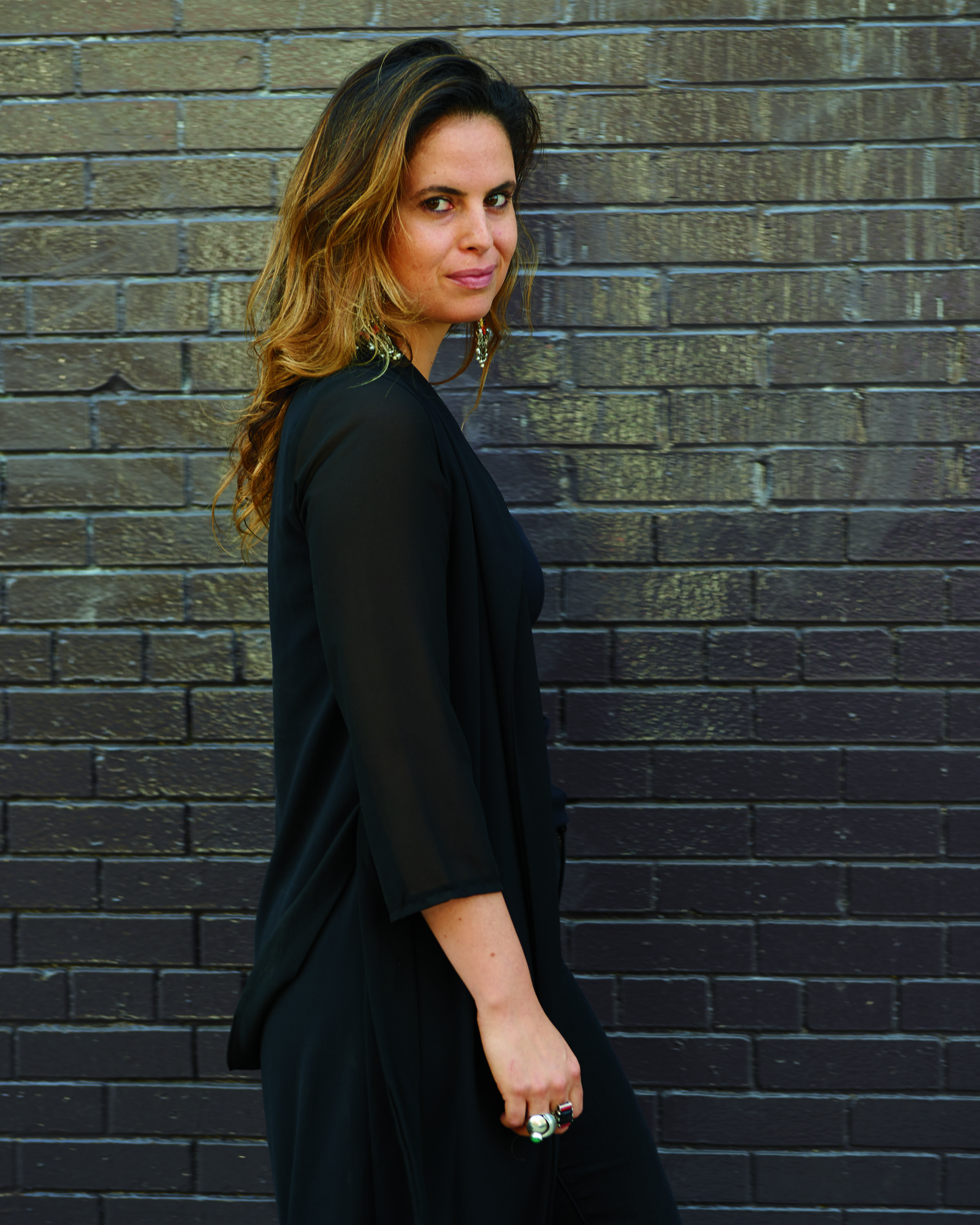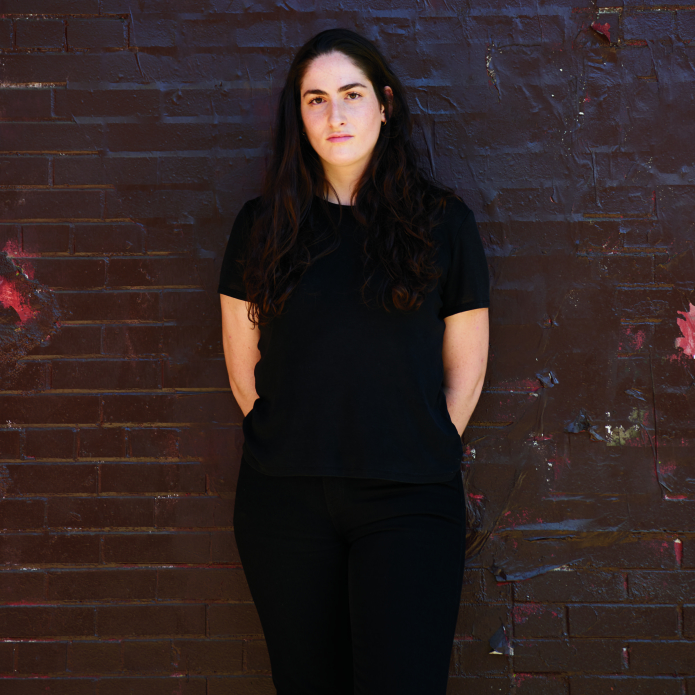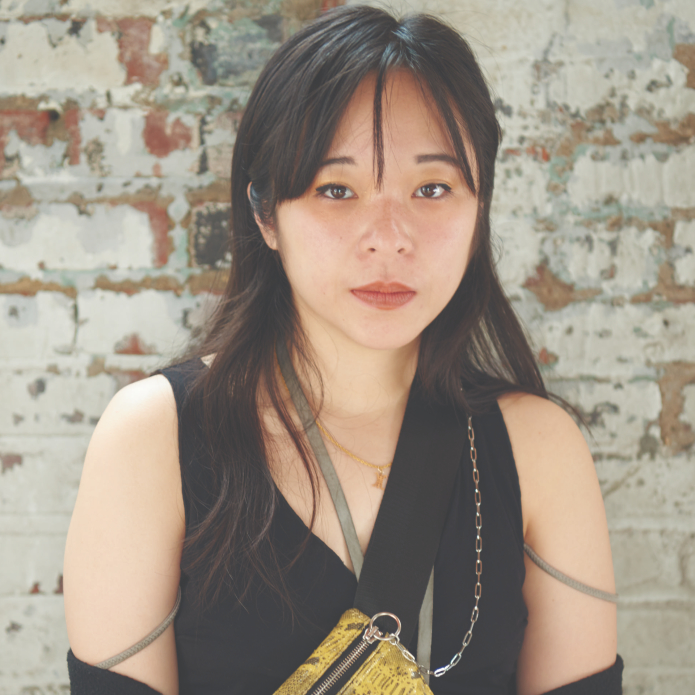
In an email correspondence, I venture to ask the Viennese born sculptor Sophie Hirsch about the liminal space between sculpture and abstraction. Hirsch firmly rejects the premise of my question. “I don’t view sculpture and abstraction as separate. I think abstraction is an integrated part of sculpture.” It is a welcomed pushback.
For sculpture, according to Hirsch, is a site through which we might encounter new discoveries about the nature of our bodies and their undulating architectures. Such a focused study on anatomy might seem at odds with a delve into the abstract. But if we look closely at works such as Muscle Test 1 & 2 (2016), or the large-scale polycarbonate forms that comprise the Postures series, we see an artist in strict contemplation about a body’s deliberate agility. This study of the delicate choreography of movement has followed Hirsch as she’s exhibited in galleries around New York City, including Signal, Duty Free and most recently, Larrie.

Perhaps more than any other medium, sculpture retains a unique ability to respond to the relationship between flexion and extension, posture and composition. “The most exciting aspect of sculpture to me is its potential to create movement,” explains Hirsch, “I am fascinated how material and composition shape the dynamic of a sculpture, and how that triggers our physical movement around it. Sculpture invites us to explore all sides and angles, letting our eyes move and our spines bend.”




